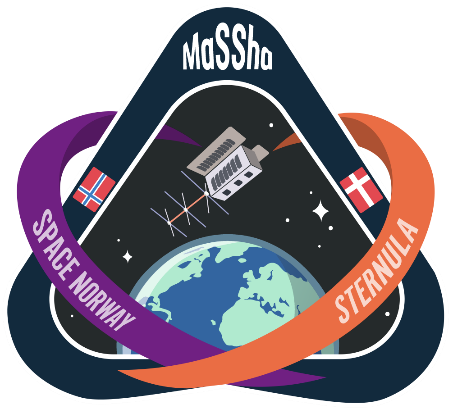
Objectives of the service
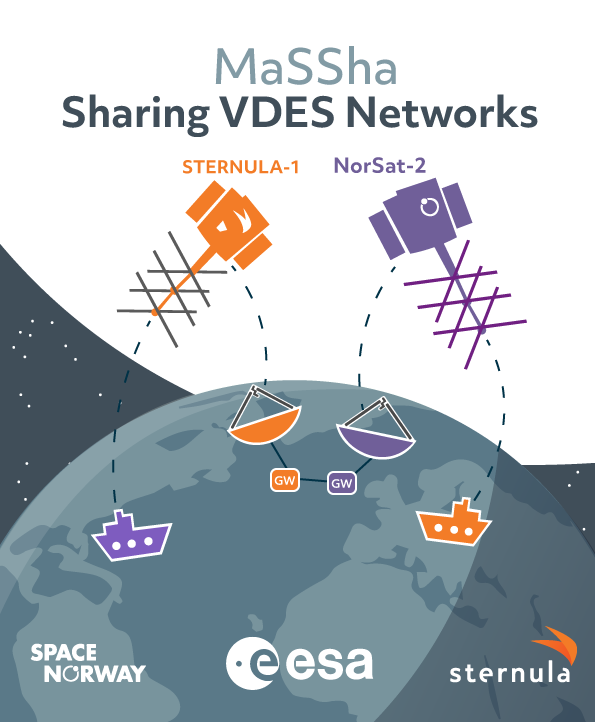
The VDES technology has been developed over the past decade by IALA as the evolution of AIS for digital data exchange in the maritime VHF frequency band and has now matured to enable the digital transformation of the maritime industry. VDES allows for two-way communication where AIS is a one-way system. The range of terrestrial VDES is limited to a station’s visibility above the horizon, which usually means a maximum range of approximately 70-100 kilometres. However, satellite VDES provides coverage also outside the range of coastal stations, such as open oceans and Arctic waters.
The project team works together to develop and demonstrate VDES satellite network roaming, maritime IoT services based on the VDES technology, and maritime distress alert detection in support of search and rescue. The project paves the way for new and innovative maritime digital data services in support of e-Navigation and the digital transformation of the maritime industry. The project will study/develop a roaming capability between satellite networks of the two different operators, which will speed-up the time before global real-time VDES coverage is available for digital services and the customers.
Users and their needs
The project targets its offering to:
-
Maritime Authorities – need for DSC distress monitoring, as they are responsible for Search and Rescue operations
-
Engine providers, special monitoring service providers, and/or ship owners – need for IoT-type preventive monitoring
Network sharing shall improve the service quality of above mentioned towards the same customers/users, especially in the early stage with a limited satellite network capacity.
Service/ system concept
-
Maritime surveyance / distress signal collection (VHF DSC distress messages from ships).
It is a key activity of maritime authorities required by IMO in the SOLAS convention. VHF-based DSC distress messaging from ships is one of recommended means for initiating Search-and-Rescue operations. VHF-based radio has a limited reach of around 20-30 nautical miles, and in remote waters as well as in many parts of the world, VHF coastal radio is only sparsely available. The use of MF/HF extends coverage to 150-200 nautical miles.
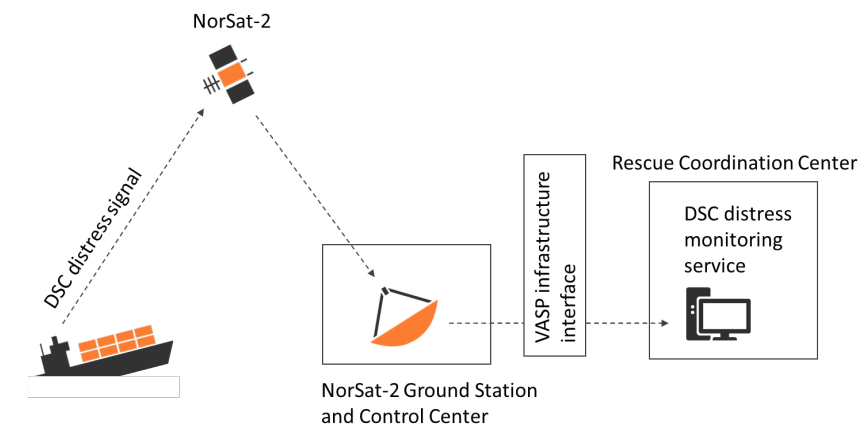
-
IoT-type preventive monitoring of onboard critical systems using VDES (VDE-SAT).
It is an essential element in the providing safety to sailors. The equipment and systems installed in ships are becoming more and more complex, and the demand for monitoring and connectivity is increasing. Due to new requirements from IMO, there is an increasing need for documentation of exhaust emissions from ships, especially when sailing in sensitive regions.
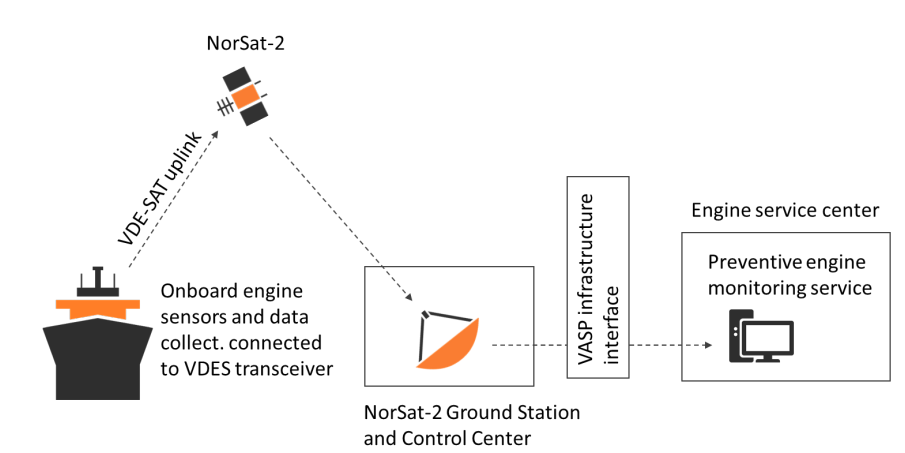
-
Network sharing capabilities between Sternula’s and Space Norway’s VDE-SAT networks for better global coverage of above-mentioned user services.
Presented safety-related services demand frequent connectivity. Such network sharing will help to ensure high service quality much earlier than with single networks.
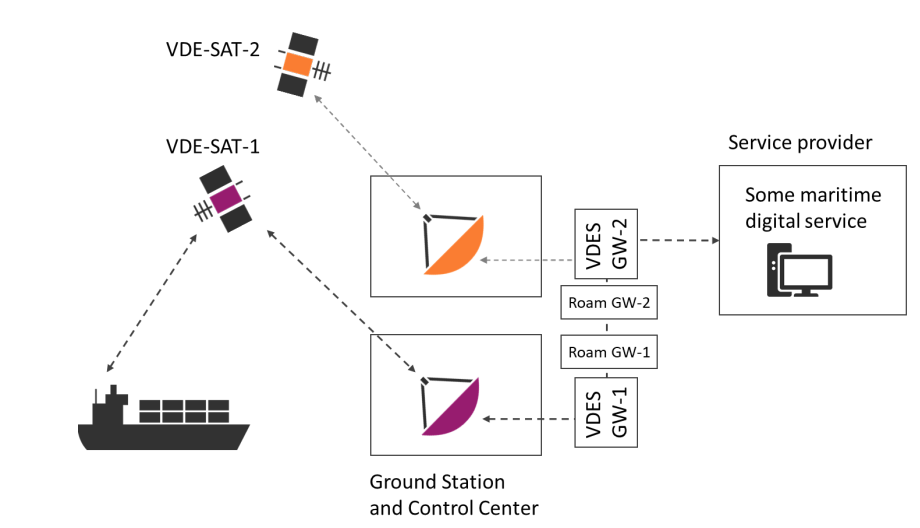
Space Added Value
Sternula and Space Norway work together to develop and demonstrate maritime IoT services based on the VDES technology, VDES satellite network roaming and maritime distress alert detection in support of search and rescue. Additionally, the project tests a roaming capability between company’s satellites to deliver better services to the customers. The system relays information from a ship’s components gathered by Sternula’s equipment via Space Norway’s satellite.
Current Status
Project kicked off in November 2022.




